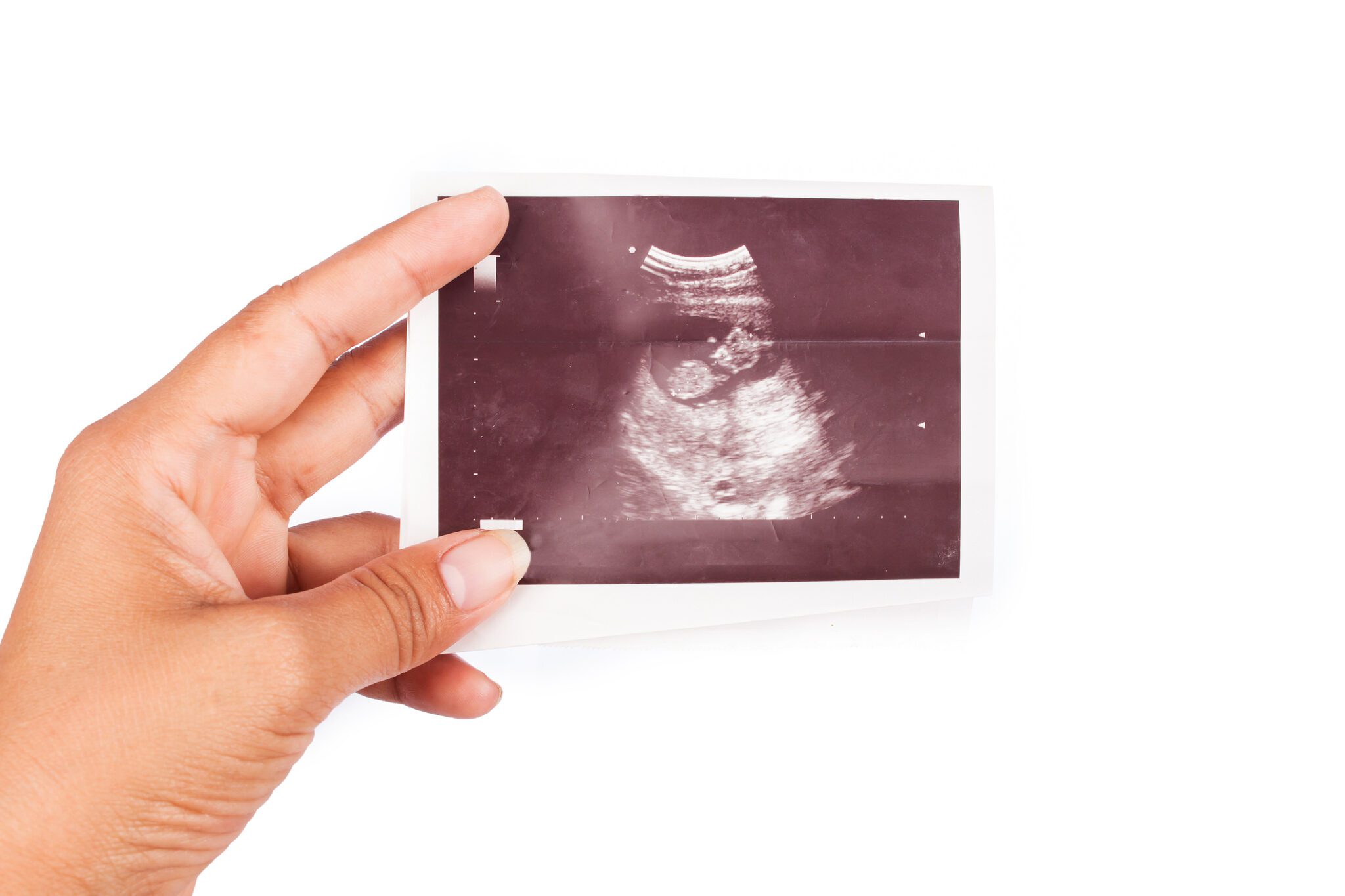In his famous review in the philosophy journal Mind, Sir Peter Medawar said of the work of paleontologist and Jesuit priest Pierre Teilhard de Chardin that, “its author can be excused of dishonesty only on the grounds that before deceiving others he has taken great pains to deceive himself.” Something similar could be said for Jonathan Merritt’s latest column on how evangelicals have “misread America’s religious landscape.” Merritt isn’t intentionally trying to mislead his readers; he’s probably just gone to great pains to deceive himself first.
Merritt’s column is based on an extensive survey by the Pew Research Center that reveals that certain sectors of Christianity—particularly Roman Catholic and mainline Protestant churches—continue to shrink while the number of evangelicals in America is growing. But because the results do not fit with Merritt’s predetermined narrative he attempts to shift the metrics of what constitutes “growth.”
“Yes, mainline denominations remain in sharp decline, and yes, evangelicals have fared slightly better overall.” Merritt claims that, “Yet many evangelical bodies have begun shrinking as a share of the population as well.”
Until recently, the claim made by critics like Merritt was that people were fleeing evangelicalism. But survey after survey has proven that idea to be false, and that the number of evangelicals has in fact been increasing. The reality is that the number of evangelicals in America has been growing since 1972. That requires a shifting of the goalpost in order to save their preconceptions. “Okay, evangelicalism is growing,” they now admit, “but they aren’t increasing as a percentage of the total population.”
That’s true, but so what? As the Pew survey shows, the evangelical share of the population has remained comparatively stable. From 2007 to 2015 the percentage of evangelicals changed slightly from 26.3 percent to 25.4 percent of the population, while Mainline and Catholic groups declined by more than 3 percent each.
If we use the “percentage of the population” as a metric then the current rate of decline for evangelicals could continue for 95 years before we’d reach the same percentage (14.7 percent) that the Mainline churches hold today. By that time—in the year 2110—Mainline churches would have (assuming they continued to decline at their current rate) ceased to exist for more than 60 years.
But maybe when Merritt refers to “evangelical bodies” he means individual denominations, rather than evangelicalism as a whole.
If we look at the short-term (year-to-year) trends, we may be able to detect a decline in some groups, especially in large denominations. For instance, Merritt mentions the Southern Baptist Convention—the largest Protestant denomination in America—declined “as a percentage of the population” by 1.5 percent. Yet as Merritt notes,
During this same time period, among mainline denominations, the United Methodist Church declined by 1.5 percent, the Evangelical Lutheran Church in America declined by 0.6 percent, the Presbyterian Church (USA) declined by 0.2 percent, the United Church of Christ declined by only 0.1 percent, and the American Baptist Churches USA actually grew by 0.3 percent.
This certainly sounds bad for the Baptists until you remember that the SBC comprises, by itself, 11 percent of all Protestants in America, while the four denominations Merritt mentions comprise only 15 percent of Protestantism combined. Additionally, 5.3 percent of all U.S. adults belong to the SBC—again more than all four of those denominations combined. It was inevitable that the phenomenal growth the SBC has experienced since the mid-1960s would slow or plateau. But it would be reading too much into the data to assume that after a 45 percent increase in SBC membership over 50 years, a 1.5 percent shift over seven years would be a sign of rapid decline.
Also, in the case of the SBC and other conservative denominations, the trend seems to be that if churches are losing members it is mostly to other conservative denominations, especially non-denominational ones. (Many non-denominational churches are all but indistinguishable from SBC churches in theology and ecclesiology). As Pew notes, the most significant growth in Protestantism is in the increase of nondenominational churches, which grew from 4.5 percent to 6.2 percent of all U.S. adults.
Merritt also points to the decline in Catholic churches to show how “conservatives” churches aren’t growing:
America’s largest “denomination”—the Roman Catholic Church—further challenges the notions conservatives have been peddling. From prohibitions on contraception to resisting same-sex marriage, no body has held the traditional line more than Roman Catholics. Yet between 2007 and 2014, Catholics declined by 3.1 percent as a share of the population.
The fact that Merritt believes American Catholicism is generally conservative shows a lack of understanding of that “denomination” internal battles. While there isn’t space in this article to detail the liberalism of modern Catholicism, it should be noted that few traditional, mass-attending Catholics in America would agree that “no body has held the traditional line more than Roman Catholics.”
Merritt goes on to add, “Simply put, almost all of America’s largest Protestant denominations are declining, regardless of political or theological alignment.” This claim simply can’t be supported by the data.
Since the 1960s almost all conservative evangelical denominations have increased in number while liberal Mainline churches have decreased. Now let’s look at a few of the primary non-Mainline denominations, every one of which has increased in membership since the mid-1960s.
Church of God in Christ: In 1965, the CoG had 425,000 members. In 2012, the membership was 5,499,875, an increase of 1,194 percent.
Presbyterian Church in America: In 1973, the PCA had 41,232 members. In 2013, the membership was 367,033, an increase of 790 percent. (Note: The Presbyterian Church in America was founded in 1973 by conservative members of the Presbyterian Church in the United States who rejected that church's merger with the United Presbyterian Church in the U.S.A.)
Evangelical Free Church of America: In 1965, the EFCA had 43,851 members. In 2013, the membership was 372,321 , an increase of 749 percent.
Assemblies of God: In 1965, the AoG had 572,123 members. In 2013, the membership was 3,030,944, an increase of 430 percent.
Southern Baptist Convention: In 1965, the SBC had 10,770,573 members. In 2013, the membership was 15,735,640, an increase of 46 percent.
Merritt adds that, “Conservatism does not necessarily lead to growth, it seems, and liberalism does not necessarily lead to decline.” If that were true then why do conservative denominations continue to grow significantly while almost every liberal denomination has declined rapidly? Because he can’t refute that data, he tries to explain it away:
According to Mike Hout, a sociologist at New York University, evangelicals who want to blame the decline of mainline Protestantism on liberalism are simply not paying attention. He says that population data has always indicated that the mainline decline was mostly attributable to birthrates, a notion he published in an article in the American Journal of Sociology.
“Seventy percent of mainline decline as it was known in those days was due to the fact that evangelical women were having one more child on average than women in the mainline tradition,” Hout says. “This trend prevailed until right around the turn of the [21st] century.”
Merritt has an odd habit of providing “evidence” that refutes his own claim. Why do evangelical woman have more babies than women in Mainline churches? Because of the pro-natalist/anti-abortion convictions of conservative evangelicalism. What other explanation is there? If it were not based on religious beliefs, then why would there be a difference between the two groups of American women?
Merritt also trots out the tired old claim that the rise of the “Christian right” has caused people to flee conservative evangelical churches: “As conservative bodies became more partisan, members who couldn’t stomach the political agenda waved goodbye.” He also quotes a source that says,
“Among those who disaffiliated during this period, most were raised in evangelical denominations but were centrist to leftist politically,” Hout says.
Again, if that were true, then why would evangelicalism be increasing in total numbers? And why aren’t the Mainline churches which are presumable “centrist to leftist politically”, gaining those who are leaving conservative churches?
The reality is that 65 percent of adults raised as evangelicals still identify with their childhood religion, and 1.2 people join evangelicalism for every one that leaves. Additionally, more Americans who self-identify as gay or lesbian (a group that tends to be politically liberal) identify as evangelical (13 percent) than mainline (11 percent), atheist (eight percent) or agnostic (nine percent).
In an odd shift, Merritt claims that it really doesn’t matter anyway about the Mainline churches since they aren’t the point:
Triumphalist evangelicals have missed the point. The biggest threat to evangelicals is not some form of liberal faith, but rather faithlessness itself. Most people aren’t leaving evangelicalism for more liberal expressions, but rather for nothing at all.
While conservative Christians were crusading against their more liberal brothers and sisters in the mainline, the real growth has been in neither camp—the share of religiously unaffiliated individuals in America skyrocketed by a whopping 6.7 percent.
Rather than taking pot shots at more liberal strains of Christianity, evangelicals would do well to focus on the threat that all Christians are now facing: the growing number of people who are apathetic or antagonistic to the claims of Christianity.
On almost every point of fact, Merritt is simply wrong. There are more evangelicals in America today than at any time in our nation’s history. Conservative denominations have continued to grow for the past fifty years while liberal denominations have declined. Currently, 1 in 5 Americans is an evangelical, including 22 percent of older Millenials and 19 percent of younger Millenials.
Acknowledging this reality, however, should not blind us to the challenges faced by evangelicals in America. Merritt is correct that a key concern is the “growing number of people who are apathetic or antagonistic to the claims of Christianity.” But that should not lead us to conclude that is evangelicalism that must change. We shouldn’t abandon the gospel or water it down to make it more palatable. That is true also for the social and political ramifications. Staying faithful to the Bible means that evangelicals will never be accepting of two grooms or killing babies in the womb. We can’t pretend people can become Christians and reject the ethical implications of the gospel.










